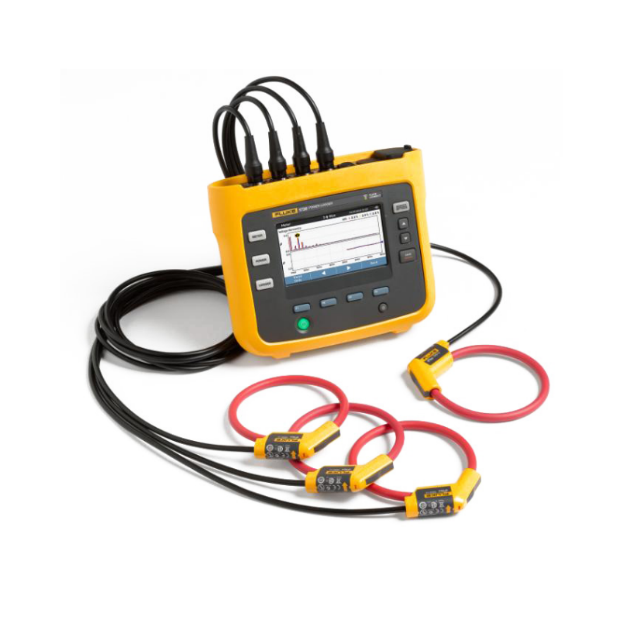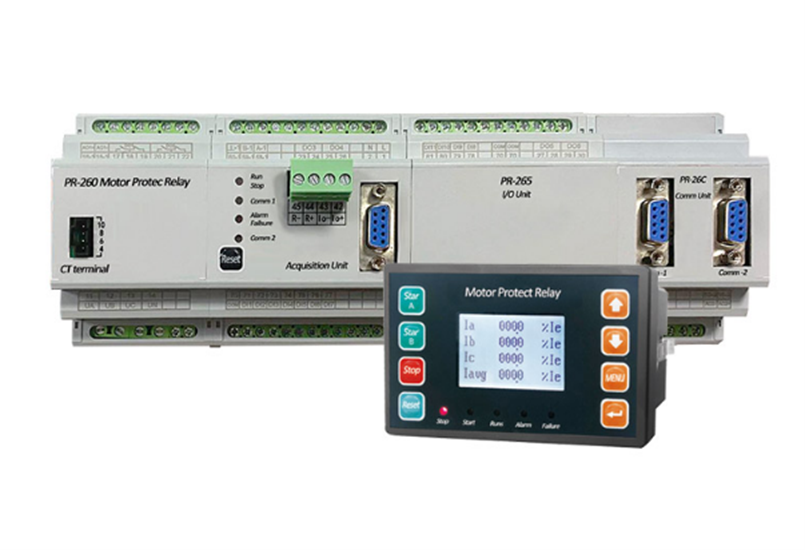Abstract: This article focus on the automatic transfer switch working principle, and definition and construction of automatic transfer switch.
What is automatic transfer switch?
Dual power automatic transfer switch (ATS for short) is to ensure the sustainability of power supply in important power consumption places! When the main power supply is out of power, overvoltage, under voltage or phase loss, ATS can automatically switch the load circuit to the backup power supply.
ATS dual power automatic switching PDU, also called redundant PDU, is a necessary emergency power supply in the computer room. It is mainly used for automatic switching between main power supply and emergency power supply. It forms an automatic emergency power supply system together with the self-starting diesel generator set or backup circuit.

Construction of automatic changeover switch
Enclosure and Mechanical Structure: ATS is typically mounted within a rugged metal enclosure to protect internal components from environmental factors and physical damage. The enclosure also helps isolate electrical parts, ensuring operator safety.
Main power interface: ATS is connected to the main power system through the main power interface. This interface usually consists of cable connections and terminal blocks for connecting the power lines to the mains supply.
Backup power interface: The ATS also has a backup power interface that can be connected to a backup power system, such as a diesel generator or UPS. The backup power connection also includes cable connections and terminal blocks.
Mechanical switch or semiconductor switch: This is the core part of ATS and is used to switch the power supply in case of main power failure. Mechanical switches are usually driven by motors, while semiconductor switches are implemented through electronic components.
Control logic: The control logic of the ATS consists of a circuit board and a microprocessor, which is responsible for monitoring power status, comparing power status and triggering switching operations. The control logic also includes functions for setting parameters and switching delay times.
Sensors and monitoring equipment: ATS has built-in sensors and monitoring equipment for monitoring the voltage, frequency, phase and other parameters of the main power supply and backup power supply. These sensors provide the necessary information to enable the ATS to make informed switching decisions.
Manual Control Panel: A manual control panel allows the operator to manually control the operation of the ATS and is typically used for maintenance and testing. It usually includes toggle buttons, indicator lights, and parameter adjusters.
How does an automatic transfer switch work?

The part will introduce automatic transfer switch working principle from the 6 aspect.
1. Main power supply monitoring: ATS first monitors the status of the main power supply. This typically includes monitoring parameters such as voltage, frequency and phase. With built-in sensors and monitoring equipment, the ATS constantly checks the electrical quality of the mains supply to ensure proper operation.
2. Backup power monitoring: At the same time, ATS also monitors the status of the backup power supply. Backup power is usually a diesel generator or UPS (uninterruptible power system). The ATS needs to confirm that the backup power source is on standby to ensure that it can switch to the backup power source when needed.
3. Compare power supply status: ATS compares the status of primary power supply and backup power supply to determine which power supply is available and stable. Typically, ATS makes decisions based on a set of parameters and thresholds, such as whether the voltage is within a safe range, whether the frequency is appropriate, etc.
4. Switching power: When the ATS detects a main power failure or interruption, it triggers a switching operation. This is usually achieved through mechanical switches or semiconductor switches. Mechanical switches are usually driven by motors, while semiconductor switches are implemented with electronic components. The switching speed is usually on the millisecond level to ensure continuity of power supply.
5. Monitor the backup power supply: Once switched to the backup power supply, ATS will continue to monitor the status of the backup power supply to ensure the stability of the backup power supply. This includes continuous monitoring of voltage, frequency and phase in case there is also a problem with the backup power source.
6. Main power recovery: Once the main power returns to normal, the ATS can switch back to the main power again according to the set conditions and delay time. This helps reduce instability caused by frequent switching.
The automatic transfer switch has a complex structure and includes multiple key components that work together to ensure reliable switching to the backup power supply when the main power supply fails and ensure the continuity of power supply. ATS plays an important role in critical applications that require uninterrupted power supply.






